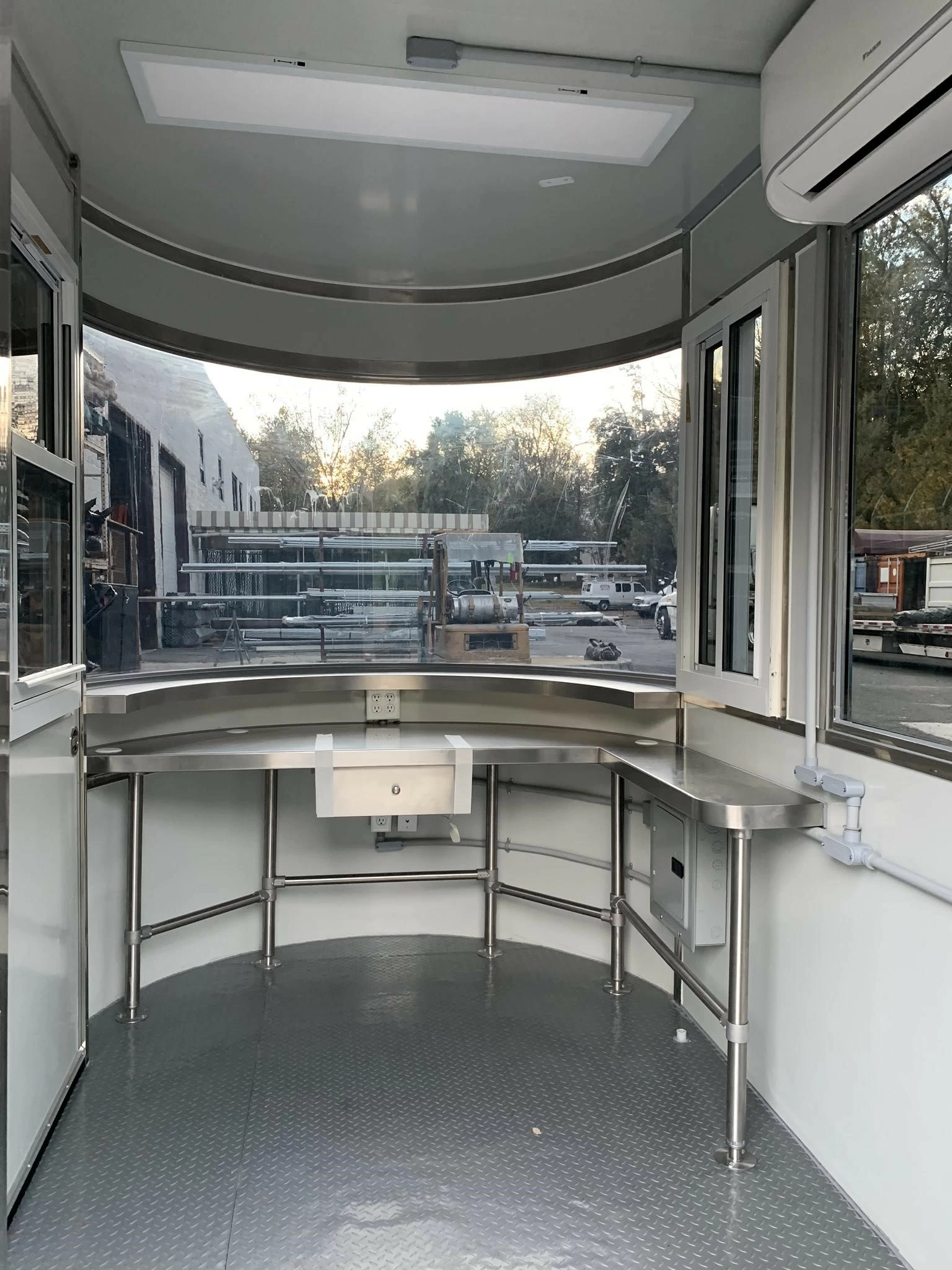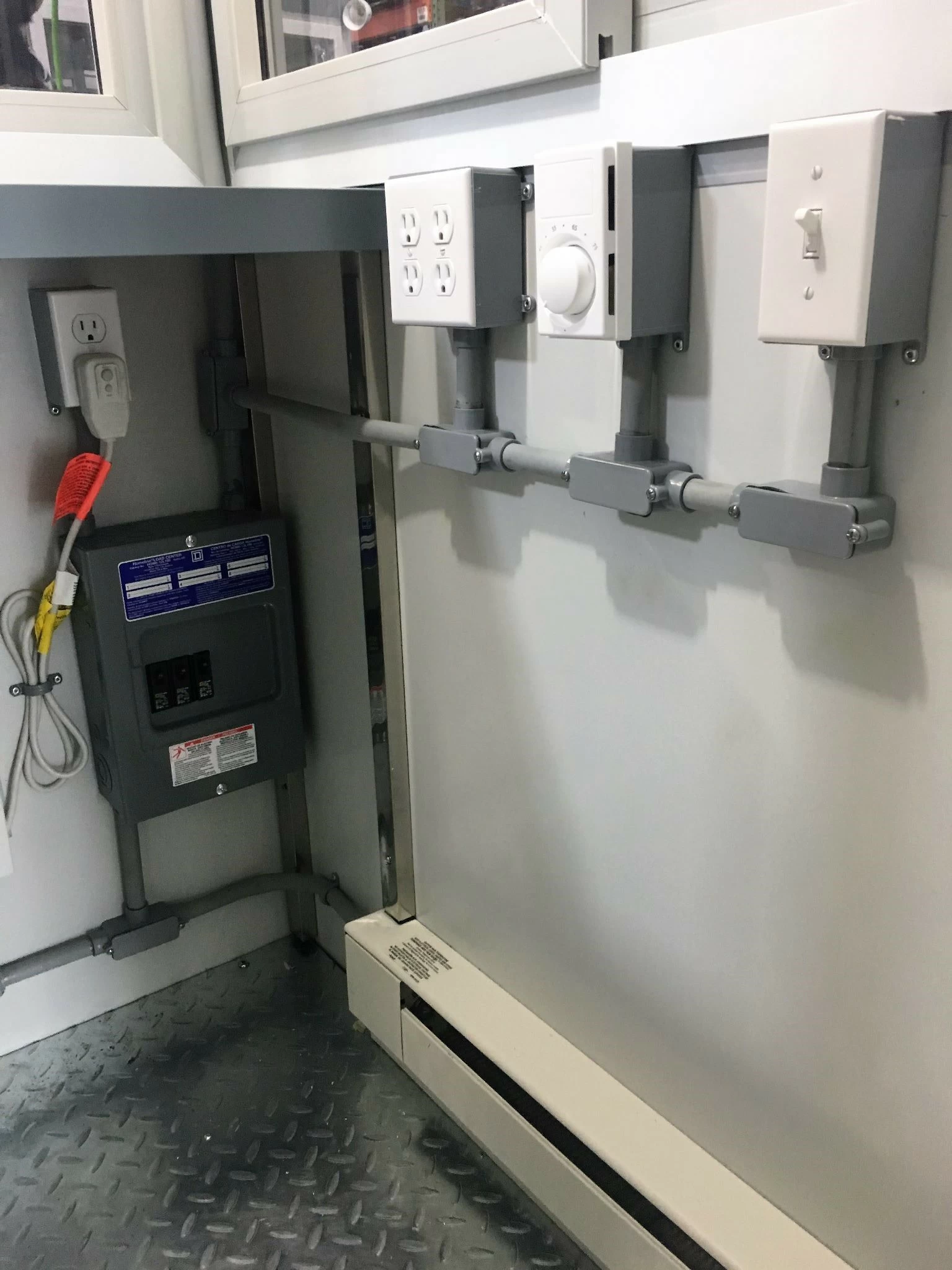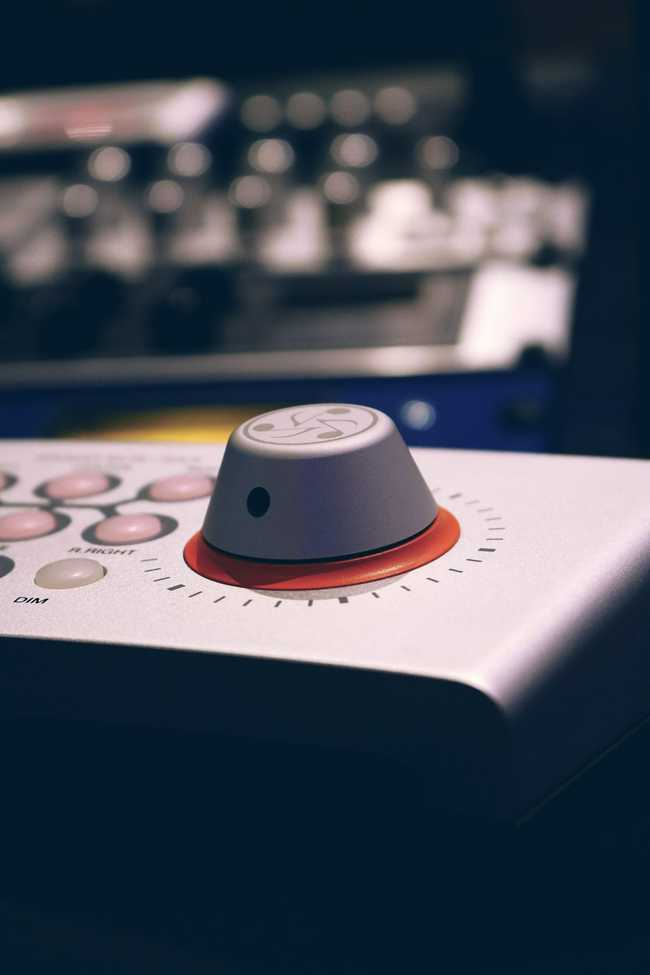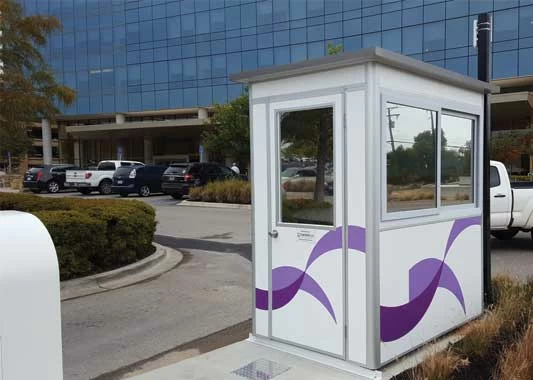All About Modular Control Rooms
So, you need to take some dangerous test materials offsite. No big deal. Transportation goes fine, everything gets set up…but you realize you don’t have a control room for the machinery you brought.
It’s not long before the machines fail and the test materials become tainted. Years of research and labor go down the drain.
Ok, so it won’t be that bad. But having a portable control room allows you much more flexibility when it comes to running factory processes. So what can you do?
Well, you’ve come to the right place. We’re here to give you this guide to everything you could ever want to know about modular control rooms!
But enough talk! Let’s dive right into it portable control rooms.
What Is a Modular Control Room?
A modular control room is a room designed to let you operate factory machinery and other systems, as well as regulate and supervise employees working on the floor below. Unlike other control rooms, however, a modular control room can get deconstructed and reconstructed with relative ease, allowing you to have a control room you can take on-the-go.
This happens through shipping the room in separate pre-made pieces to the desired location. From there, the pieces are assembled on-site. When you’re done with the room, workers will come in and break the room back down into those pieces to repeat the process elsewhere.
These parts come in a variety of sizes to allow you to fit them into almost any space. This lends to the customization options that modular control rooms provide since different industries will want offices that fit their needs. This customization carries over to the design, which you can paint or add signs to so it blends seamlessly with the rest of your company’s aesthetic.
These offices can work as more than control rooms too. You can use them as booths for parking attendants or toll workers, or give pop-up events a sturdy security booth to work out of. Gas stations will even use these booths as bases of operation for their attendants.
How the Rooms Assemble
But how exactly does the construction process work? Well, it varies for every company, but what you can expect is that the construction will start with pre-made walls going inside a frame of steel tubes, which get welded together to keep everything in place.
After that, a crane will lower the roof onto the building, where workers will weld the roof to the structure. The roof can handle significant weight (per your exact specifications) and will take little to no damage from the weather (if outdoors).
Following that, the floor gets constructed with insulation placed between the interior and exterior levels of the floor. Insulation also gets placed throughout the building to help maintain temperature control. This insulation is designed to resist fire and provide an environment inhospitable for mildew to grow.
Finally, the workers apply paint to the structure and hook up the electrical system for the room (to cover everything from outlets to EXIT signs). Each building is made to order as well, so you don’t have to worry about getting broken-down parts used on 5 other buildings before yours.

All Those Fancy Features
So what gets packed into a modular control room? Well, an emphasis on safety for starters. A U.N study showed that dangerous working conditions kill one worker around the world every 30 seconds, and modular control rooms work to counter that with walls built to resist the harsh conditions of factory work. This gets accomplished through building the walls with steel coated in a finish, which provides it resistance to corrosion and chalking.
These walls also deaden high levels of sound coming from outside to prevent ear damage. This is handy for mining or steel-working companies, where loud sounds are part of the gig.
Heaters and AC units go inside the room to maintain temperature control. The walls help out too by insulating the room from cold, making them perfect fits for businesses that operate in colder climates. Additional special finishes (like vinyl) can also go over the walls to keep the paint and integrity of the walls sharp over time.
The Features Continue
It’s also important to note that these rooms offer a degree of privacy through the use of tinted windows. These windows also help to cut down on the amount of sunlight that gets through to the room. As a result, the heat won’t grow as fast and you lower the exposure of anyone in the room to harmful UV rays.
Another feature these control rooms have comes in their adaptability to modern technology. You can install Ethernet ports to allow easy Internet access to your modular office, for example. Electrical wiring and phone lines also come with these modular offices.

And if all that’s not enough, many booth manufacturers can install additional features upon your request. Bathrooms inside the office, exterior counters, and microphone attachments are only the tip of the proverbial iceberg.
Why Not Use a Normal Control Room?
But all these features can go into an average control room too. What makes the modular variant so special?
Let’s start with the portability. Due to their easy assembly and disassembly, modular control rooms can move from location to location without too much strain on the company wallet. This fits perfectly for companies that operate out of multiple sites and need to share resources between them.
Wheeled stages or platforms can go under certain rooms to allow them to travel via a vehicle as well.
Modular control rooms are also cheaper than their counterparts. This is due to their quick building process, which allows them to go up with minimal downtime.
Since the buildings have pre-assembled parts, construction can often happen inside your workplace without needing to stop any of your work inside. That way, you’re not losing money on profits you could have gained by working that day.
Modular control rooms also cut down on wasted materials and labor, since you don’t need tons of steel or concrete to build one (or as many people).
And the Perks Go On
On top of that, modular rooms qualify for depreciation under Section 179 since they count as equipment. As a result, you can get a write-off on your corporate tax payments equal to some degree of the initial cost for building the office. In time, the office will have effectively paid for itself.
With that said, make sure to keep an eye on how much you’re paying. Once a company’s expenditure on equipment hits the $3, 630,000 mark, you no longer qualify for any benefits. There is also a specific timeline in which the equipment must get used for you to be eligible as well.
Another bonus of the modular control room is that the room itself is largely maintenance-free. The steel piping structure we mentioned earlier keeps the room together while the finishes protect the room from damage. Rather than having to deconstruct the room every month or so, you can focus your energy on keeping the equipment you bring into the room at full health.
Contrast this with the average control room, which can require frequent painting and re-modeling. Plus, innovations in construction like increased wind resistance have made the modular rooms as sturdy as their “rooted” brethren, putting them on more even footing.
What to Look for In a Modular Room Manufacturer
When shopping around for a modular control room, there are a few features you should make sure come included in your deal. One of these involves ensuring that your hired company has some form of warranty agreement.
After all, while modular offices are resistant to wear and tear, they’re not invincible. Securing a warranty on all labor and materials helps to keep your wallet from getting gouged if any accidents happen down the line.
Another thing to keep an eye out for is the exact specifications of protection the room will provide. Not all rooms are built to handle the same environments and can lack the decibel or heat resistance needed to protect humans inside. Learning these specifications from the start and communicating them to your modular room “provider” will avoid these issues.
Finally, make sure the company you’re signing on with gives you access to the architectural drawings. Seeing these designs lends transparency to the company and helps you know you’re dealing with professionals.
So Get Started Today
Congratulations! Now that you have this definitive guide to everything about modular control rooms, you’re ready to get out there and upgrade your company’s factory with a modular control room of your very own today!
But what if you need help getting one set up (or want to look more into the pricing structure of modular control rooms)? If that’s the case, be sure to reach out to us either via our website or over the phone and let us know how we can help!





